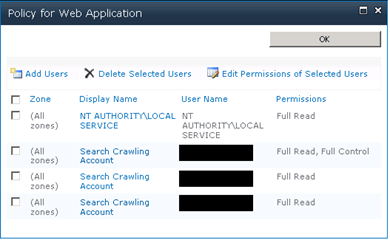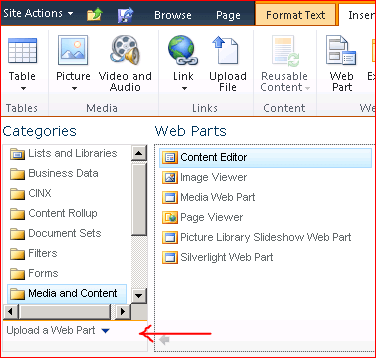
The One Thing: Mike Fitzmaurice and SharePoint 2010
Blog PostsMike Fitzmaurice, VP of Product Technology at Nintex (@mikefitz) shares his thoughts on the one thing that people need to know about SharePoint 2010. This is part of ‘The One Thing’ video series produced by Christian Buckley (@buckleyplanet) and the Axceler team.


